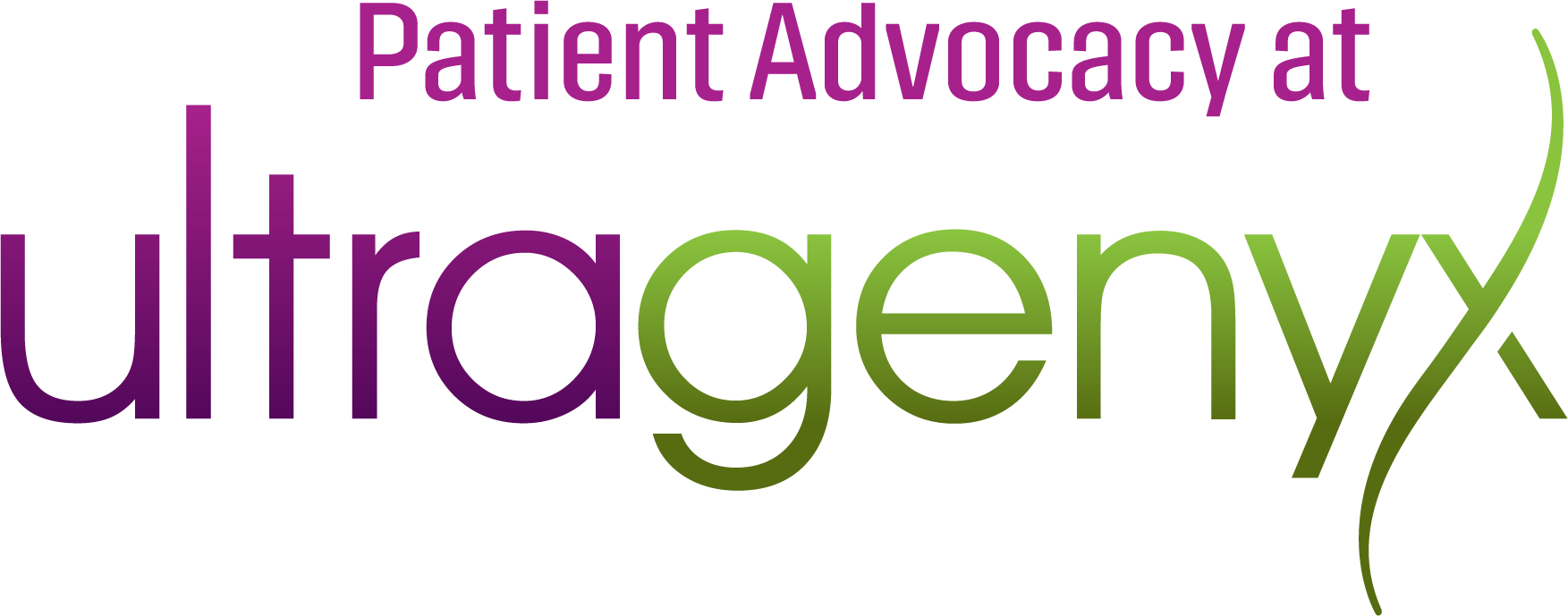According to the Federal Emergency Management Agency (FEMA), nearly half of U.S. adults do not have resources and plans in place in the event of an emergency.1 Preparing for an emergency is important, especially if you or someone you care for has a rare or chronic condition and/or special healthcare needs. We’ve put together a few tips on how to prepare so you’re ready for (almost) anything.
What is an emergency?
An emergency is a serious, unexpected, and sometimes dangerous situation that requires immediate action. For example, natural disasters (like storms, wildfires, and tornadoes), power outages, and health pandemics (like COVID-19) are all emergencies.
Where do I start?
Emergencies are stressful, and when you’re in the middle of one, it’s hard to think of everything you might need. Plan ahead to keep yourself and those around you safe and ready.
- Take small steps to educate and prepare yourself and the members of your household:
- Be familiar with your current life, property, and health insurance policies.
- Learn how to safely turn off water, natural gas, and electricity in your home.
- Consider taking classes for potentially life-saving procedures like CPR, the Heimlich maneuver, and basic first aid.
- Set aside some income every month in an emergency fund if you’re able to, even just a little bit will grow over time.
- Think about the things you use on a daily basis and build an emergency kit that fits your needs. Some common items include:
- Water and food (for both humans and pets)
- Medications* and/or assistive equipment
- First aid kit
- Flashlight
- Personal hygiene items
- Cell phone, laptop, and/or tablet
- Portable chargers
- Cash
- Activities for children
- Gas and/or public transportation cards/tokens
* Make sure to check your medications twice a year to make sure they aren’t expired.
For a list of additional items to include in your emergency kit, visit www.ready.gov/kit.
- Create an emergency plan with members of your household. Ask yourselves questions like:
- What types of emergencies might you face where you live?
- Is there an escape route you should follow?
- Where will you meet if you get separated?
- Which household members will take on specific responsibilities?
- What are the different options for shelter?
To make answering these questions easier, check out these templates from the Red Cross.
- Make a list of local shelters and other places that would likely have access to electricity in an emergency in case you or the person you care for need electricity for medical care. This may include:
- Public schools or places of worship
- Doctors’ offices or hospitals
- Hotels or nursing homes
- Stay informed about current events and potential emergencies where you live, but make sure to take breaks. Too much information can be overwhelming.
What’s next?
Once you have a basic plan, think about what you need specifically for your health and well-being. If you live or care for someone with a rare disease, chronic illness, or special needs, there is likely a need for additional planning.
- Collect and protect important documents, like passports and birth certificates, and medical records. Store printed documents in a watertight, fireproof container. Save digital documents on a USB drive and/or upload them into cloud storage in case any of your devices are damaged.2
- Let a friend or family member (who doesn’t live in your household) know about your plan and ask them to be your emergency contact, if possible.
- Create a written contact list in case you’re unable to use your cell phone to get in touch with them during an emergency.
- Tell them where to find your emergency kit so they can get it for you, if needed.
- Work with your healthcare team to prepare a written emergency care plan, including a list of medical essentials, like prescriptions, supplies, and assistive equipment. The American College of Emergency Physicians and the American Academy of Pediatrics developed an Emergency Information Form template to help organize this medical information.
- Talk to your doctor(s) about a plan to continue treatment during an emergency.
- Discuss additional options for treatment facilities, in case your usual location is unable to open.2
- Request extra refills of any necessary prescriptions so you can have at least a one-month supply on-hand in the event you’re not able to access a pharmacy.
- If you have it, keep your health insurance information on-hand. Wear a medical alert tag or bracelet as well.2
- Research options for accessible transportation in case you need to evacuate with a large piece of equipment, like a power wheelchair, and how to replace the equipment if it’s lost or damaged.3
- If you or the person you care for has specific equipment needs, and/or the equipment requires electricity to work:
- Notify local Emergency Medical Services, your power company, and other responders of these needs ahead of time.
- Have manual equipment available, if possible, in case of a power outage.3
To learn more about emergency planning for individuals with disabilities, check out the FEMA and Ready Campaign websites.
Talking to Children and Family Members about Emergencies
For children, crisis situations can be traumatic if they see the people around them panic without explanation. Include all family and household members in the planning and preparation to help increase their confidence and give them a sense of control.4 Consider doing an “emergency dry run,” so everyone can feel comfortable with their roles and responsibilities.
During an emergency, talk to children about what’s happening in a way they can understand, and reassure them that you are prepared to keep them safe.4
Additional Resources
There are plenty of resources out there to help you with emergency preparedness. Check these out to start planning for any unexpected circumstances that may come your way.
American Red Cross: The Red Cross provides several mobile apps that let you monitor severe weather and emergency alerts to help you stay informed.
Ready Campaign: Ready is a national public service campaign designed to educate and empower the American people to prepare for, respond to and mitigate emergencies, including natural and man-made disasters.
Centers for Disease Control (CDC): CDC provides resources and tools from several states that people with disabilities and their caregivers can use to prepare for an emergency.
211: Dialing 211 helps direct callers to services for, among others, the elderly, the disabled, non-English speakers, those with a personal crisis, those with limited reading skills, and those who are new to their communities.
Muscular Dystrophy Association (MDA): MDA has an emergency preparedness toolkit, checklist, and webinar for people with neuromuscular diseases—though the toolkit could be helpful for most people, regardless of whether they have limited mobility.
References:
- 2018 National Household Survey Results: Preparedness in America. Federal Emergency Management Agency (FEMA). https://community.fema.gov/AP_2018_National_Household_Survey. Updated September 2019. Accessed June 8, 2020.
- Individuals with Disabilities. The Ready Campaign. https://www.ready.gov/disability. Updated April 21, 2020. Accessed May 21, 2020.
- Disaster Preparedness for People with Disabilities. Federal Emergency Management Agency (FEMA). https://www.fema.gov/news-release/2018/04/13/disaster-preparedness-people-disabilities. Published April 13, 2018. Accessed May 21, 2020.
- Helping Children Cope with Emergencies. Centers for Disease Control and Prevention (CDC). https://www.cdc.gov/childrenindisasters/helping-children-cope.html. Updated October 11, 2019. Accessed June 1, 2020.

